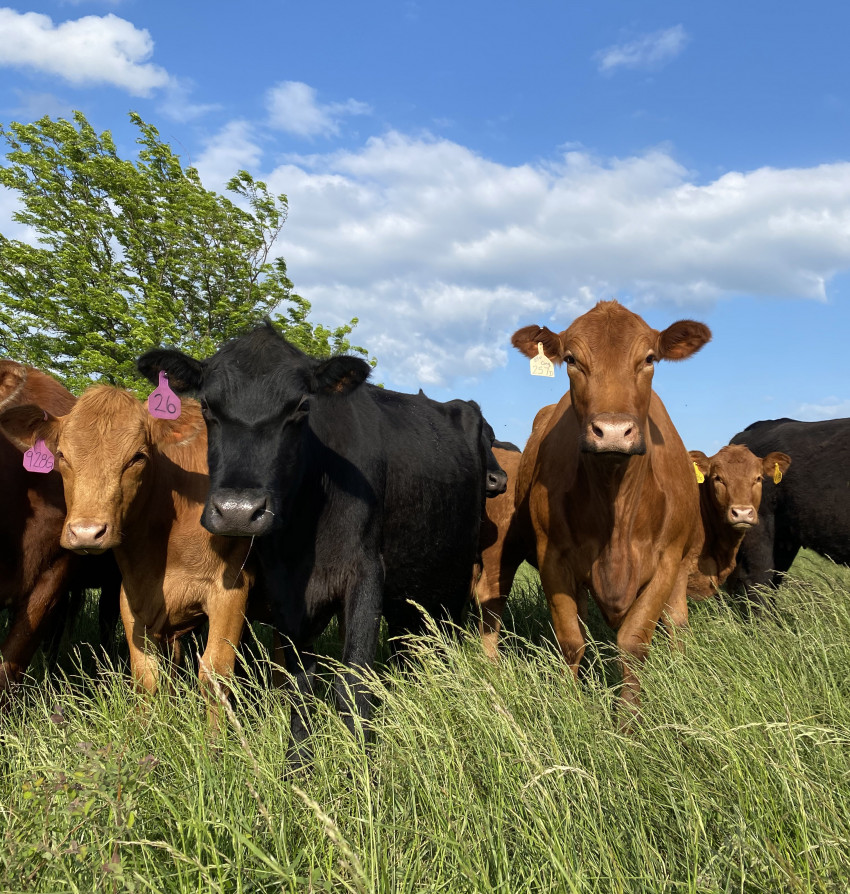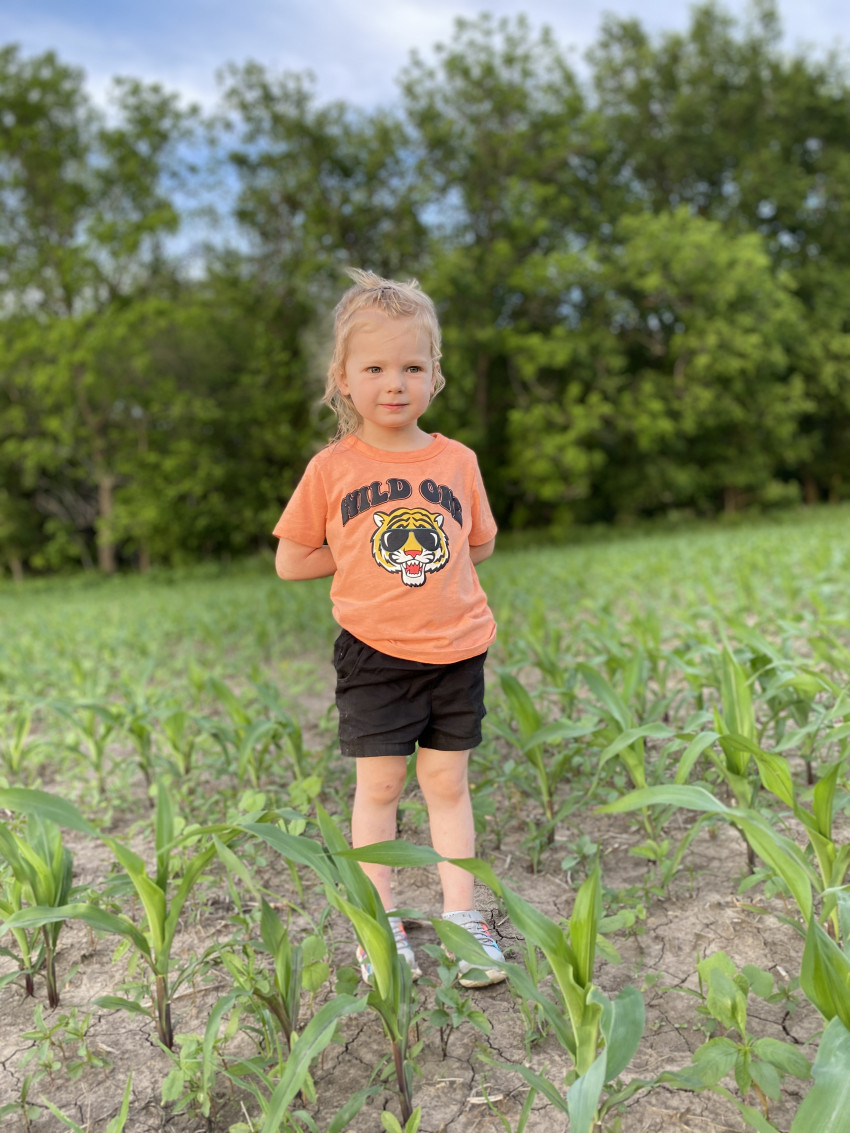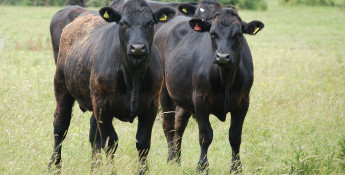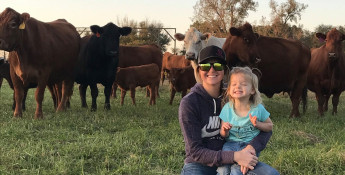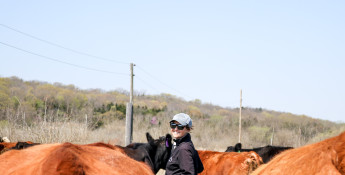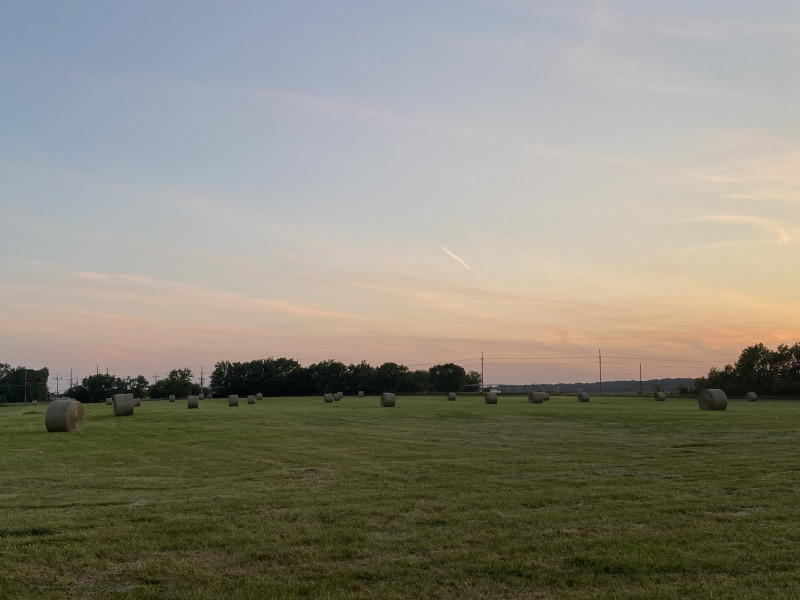By Brandi Buzzard on June 16, 2020
Ranch Work in the Summer
Summer Has Arrived – Does That Mean the Ranch Work Stops?
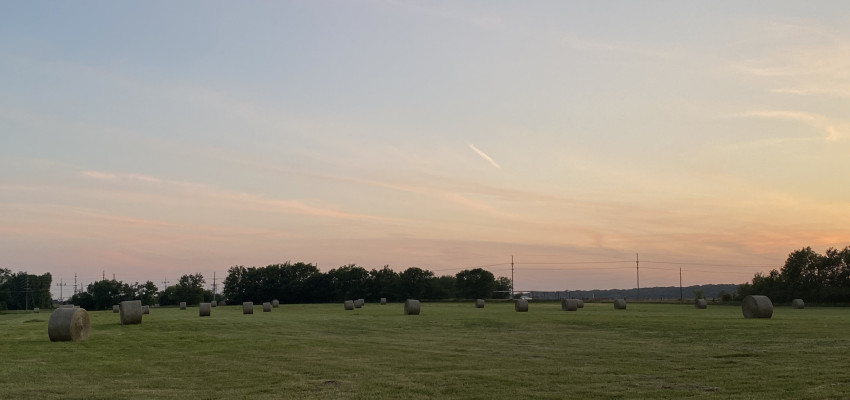
A few weeks ago, we hauled our cows from our ranch to the summer grass we lease so our home pastures can rest and grow for haying. The cows will spend five months grazing on vast grass pastures while they gestate their soon-arriving baby calves. The ladies will come back to our ranch around the first part of October when we finish out calving season.
You may think, “OK, so now what? The cows are on grass and ranchers get to relax until calving season.”
To put it lightly, that couldn’t be further from the truth. While we are very glad to have the cows out to grass and fewer daily feeding chores, summer brings its own to-do list. We are still checking on the cows a few times per week to provide them with mineral and make sure there are no injuries. The type of work we do in the summer varies greatly from our winter and spring chores of delivering feed and hay, breaking ice and traipsing through mud, and transitions to projects that have been waiting since the previous fall for a chance to be completed.
Recently we finished up our first cutting of hay. We have fertilized the grass and sprayed the weeds in our pastures so the grass is tall and clean and will yield large round bales. For the grass to go from tall and waving to ready for cow consumption, it must be mowed, raked and baled. We try to plan our hay cutting and baling in between rainstorms because hay that gets rained on loses its nutrient value, which can have a major impact on cow nutrition in the winter. We got very lucky this first go-round and didn’t have any rain from the day the hay was mowed to the time we hauled it off the pasture and stored it for easy access this winter. Hot and dry is perfect haying weather! We hope to get another cutting of hay this summer, which will boost our supply and alleviate some of the stress associated for planning feedstuffs for our cows this winter.
Ah, our old friend winter. Even when it’s 100°F we are thinking about and preparing for winter. In addition to storing enough hay for winter, we are also planning what kind of supplement our cows and calves will receive during the bitter cold. We supplement the cows in the winter because hay alone isn’t enough to maintain their body condition and they need the added calories for milk production. This coming winter, we will feed our cows corn silage, which is a feed that uses the entire corn plant, chopped while it’s still green. Silage provides higher levels of carbohydrates, is more nutrient-dense than hay and helps keep cows in good condition during the winter months. This is attributed to the fermentation process that occurs when it is stored in bunkers or bags and to the nutrition derived from the entire plant. Our corn was planted in early May and will be chopped for silage in August. Until that time, we will make sure the corn gets any additional fertilizer or herbicide necessary to help it grow efficiently.
Lastly, we spend a good portion of our summer mending equipment, fences and finishing projects . This summer we are focusing on putting in some new fence, putting gravel in places where rain creates big potholes and putting in some new automatic water tanks for our bull pens. These may not seem like big projects, but during the winter and spring, the maintenance gets pushed to the back burner in favor of what must get done, like feeding the animals every day.
We occasionally get to take a break and head to a rodeo or the lake, so it’s not all work, all the time. The to-do list is always waiting for us, but we are thankful we get to do what we love together, as a family.

